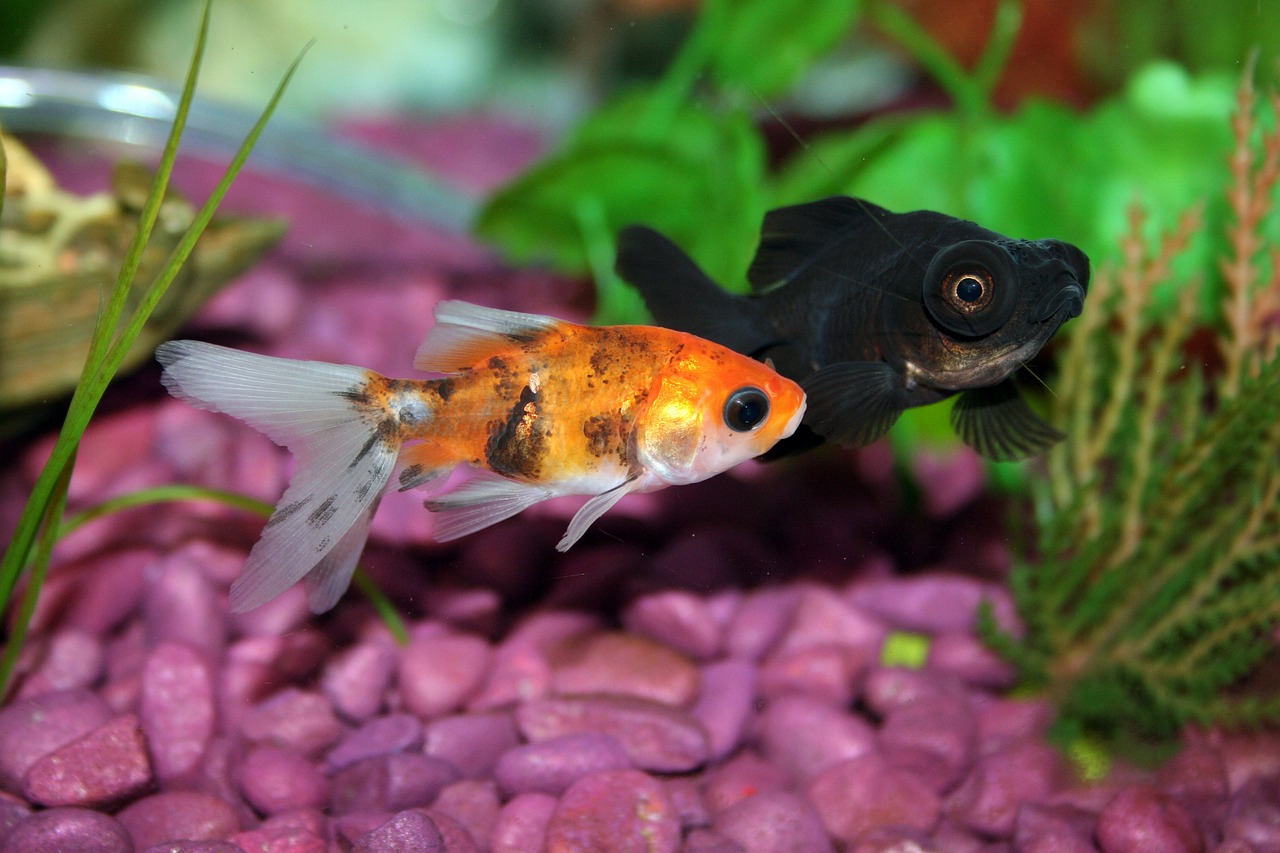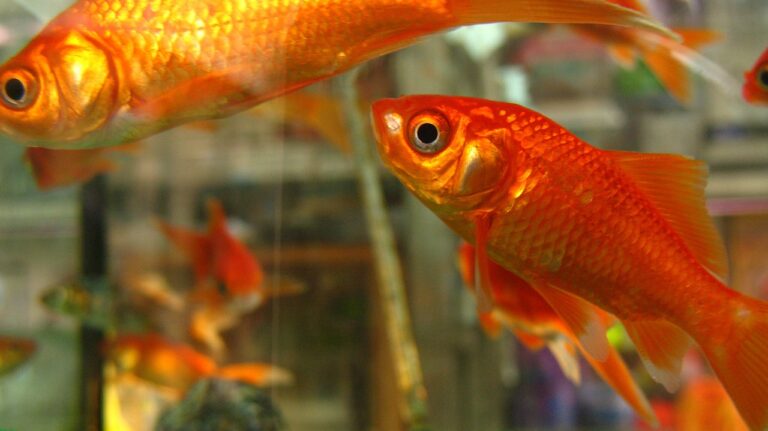The Beginner’s Guide to Breeding Fish for Profit
Breeding fish can be a fascinating hobby and a lucrative business opportunity. There are thousands of fish species, each with their unique requirements for breeding. In this blog post, we will explore the basics of fish breeding, the different types of breeding, and tips for success.
Why Breed Fish? There are several reasons why people breed fish. The most common reasons include:
- Conservation: Several species of fish are endangered or threatened due to habitat loss, overfishing, or other human activities. Breeding these species in captivity can help increase their numbers and potentially reintroduce them into the wild.
- Hobby: Breeding fish can be a rewarding and fulfilling hobby. It can be exciting to watch the process of reproduction and the growth of the fry.
- Profit: Several fish species are in high demand in the aquarium trade, and breeders who can produce healthy and attractive fish can command premium prices for their stock.
Types of Fish Breeding There are two types of fish breeding: livebearing and egg-laying. In livebearing, the female fish carries the eggs inside her body and gives birth to live fry. In egg-laying, the female fish lays the eggs, and the male fertilizes them externally.
Livebearing Fish Breeding
Livebearing fish are some of the easiest and most popular fish to breed. Some common livebearing fish species include guppies, mollies, platies, and swordtails. The process of breeding livebearing fish is relatively simple. You need a male and a female fish, and they will do the rest.
However, it is important to ensure that the environment is conducive to breeding. The water parameters, including temperature and pH, should be suitable for the species. The fish should also have enough space to swim and hiding places for the female fish to escape the male’s constant attention.
Once the female fish is pregnant, it will take about four to six weeks for the fry to develop. At this point, the female will give birth to the fry. The fry are usually small, so it is important to provide them with food that is appropriate for their size. They can be fed on a diet of crushed flakes, powdered food, or newly hatched brine shrimp.
Egg-Laying Fish Breeding
Egg-laying fish are more challenging to breed than livebearing fish. Some common egg-laying fish species include angelfish, discus, cichlids, and tetras. The breeding process for egg-laying fish is more complicated than livebearing fish. The fish need to be conditioned before breeding to ensure that they are healthy and ready to spawn.
One way to condition the fish is by feeding them a high-quality diet rich in protein. This will help the fish to develop strong eggs and sperm. The breeding tank should also have suitable plants, rocks, or a spawning mop for the fish to lay their eggs on.
The fish will usually lay their eggs on a flat surface or on the plants or spawning mop. The male fish will then fertilize the eggs. Once the eggs are fertilized, the parents need to be removed from the breeding tank, as they may eat the eggs.
The eggs will hatch after a few days, and the fry will emerge. They will need to be fed on small and frequent meals of newly hatched brine shrimp, infusoria, or liquid fry food. The water quality should be carefully monitored, and frequent water changes are necessary to keep the tank clean.
Tips for Successful Fish Breeding Breeding fish can be a challenging task, but with the right knowledge and approach, it can be an exciting and rewarding experience. Here are some tips for successful fish breeding:
Tips for breeding fish successfully
- Research the Species
Before you start breeding any fish, it’s important to do your research on the particular species you’re interested in. Learn about their natural habitat, behavior, and breeding habits. This will help you to create the right environment for them and understand the breeding process.
When selecting breeding stock, it’s important to choose healthy fish that are free from disease and deformities. Look for fish with vibrant colors, clear eyes, and active behavior. Avoid fish that are lethargic, have torn fins, or show signs of illness.
- Provide the Right Environment
Different fish species have different environmental requirements for breeding. Some fish require specific water parameters, such as pH and temperature, while others need specific hiding places or plants. Make sure you research the species thoroughly and provide the right environment for them to breed successfully.
- Condition the Breeding Fish
Before breeding, it’s important to condition the breeding fish. This involves feeding them a high-quality diet and ensuring they are in good health. Some species of fish require a period of fasting or reduced feeding before breeding to simulate the natural environment in which they would breed.
- Monitor Water Quality
Maintaining good water quality is one of the most important aspects of successful fish breeding. Poor water quality can stress the fish and lead to illness. It’s important to test the water regularly and make any necessary adjustments to maintain the appropriate levels of ammonia, nitrite, nitrate, and pH. In addition, regular water changes are necessary to remove excess waste and maintain water clarity.
- Provide Adequate Space for Breeding
Many species of fish require a specific amount of space to breed successfully. Some species, such as cichlids, require large territories and hiding places to establish a breeding pair. Other species, such as livebearers, may require a separate breeding tank or breeding trap to prevent the adults from eating the fry. Make sure you research the specific breeding requirements for your chosen species of fish.
- Use the Right Breeding Techniques
Different species of fish require different breeding techniques. Some species, such as egg-layers, require a specific breeding substrate or a breeding cone to lay their eggs. Other species, such as livebearers, require the female to be separated into a breeding trap to prevent the fry from being eaten. Make sure you understand the specific breeding techniques for your chosen species of fish.
- Be Patient and Persistent
Breeding fish can be a slow process and requires a lot of patience and persistence. Some species of fish may take weeks or even months to breed successfully. It’s important to remain patient and persistent in your efforts to breed the fish. Make sure you provide the right environment and conditions and monitor the fish closely for signs of breeding.
In conclusion, breeding fish can be a rewarding and fulfilling hobby. It’s important to research your chosen species thoroughly, provide the right environment, and monitor water quality closely. With patience and persistence, you can successfully breed your fish and potentially contribute to the conservation of endangered species.

